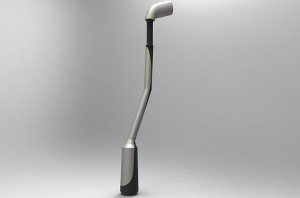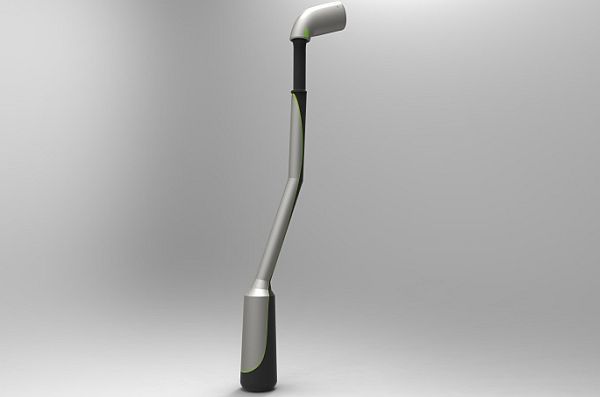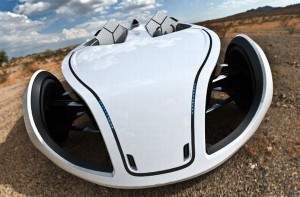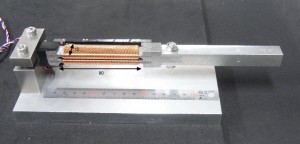Following up with a piece of news we wrote about on December 1st last year, TechOn reports that Toshiyuki Ueno from Kanazawa University has developed a magnetostriction-based energy harvesting device that can produce up to 2 watts of electricity from harvesting vibrations. To be noted that this isn’t piezoelectricity, which we’ve gotten used to lately.
The phenomenon Ueno uses is called “inverse magnetostriction effect,” which produces electricity when magnetization changes by applying stress. The device is simply a scaled-up version of last year’s, but while that one was able to only generate 2 milliwatts, this one is 1,000 times both more powerful and larger, and hence generates 2,000 mW. Otherwise, the two contraptions have the same structure.
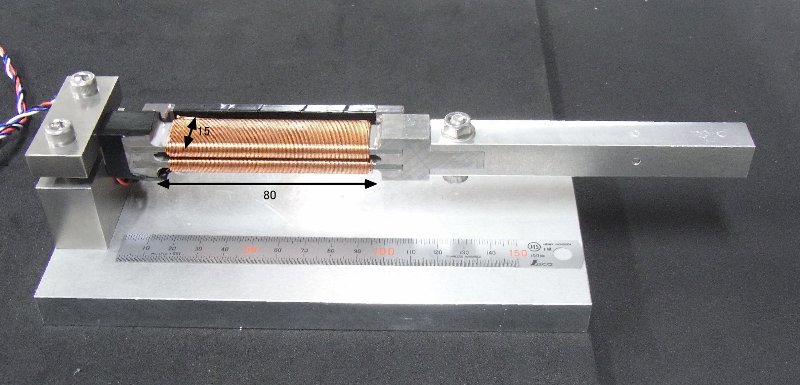
The vibration-driven generator that can generate 2W of electricity
“I found that, by using magnetostriction effect, it becomes possible to use a vibration-driven generator with a practical size for generating a practical amount of electricity,” he said. “By further increasing the size by 1,000 time, it will become possible to realize a vibration-driven generator that can generate several kilowatts of electricity and can be used for a residence.”
The device is comprised of two long and thin Galfenol (Fe81.4Ga18.6) magnetostrictors, whose one end is fixed and the other has weights attached to it, in a schematic called parallel beam structure. The two magnetostrictors have thin wires wrapped around them, and this gives them the ability to be used as coils.
The new device proves that it can be useful in larger applications, such as cars, roadside vibration harvesting or along railways. The plenitude of applications is that giving the magnetostriction vibration harvester a big chance for winning the public acceptance.
Ueno demonstrates how his device lights up 50 LEDs just from the vibration generated by the researcher tapping the device.
See the demonstration over at TechOn.
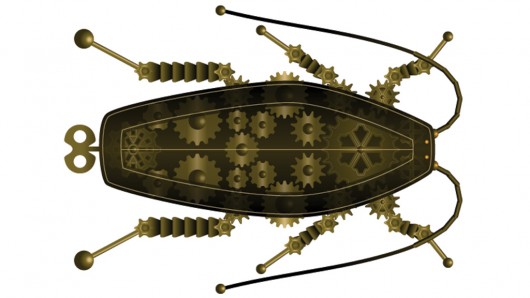
 Follow
Follow